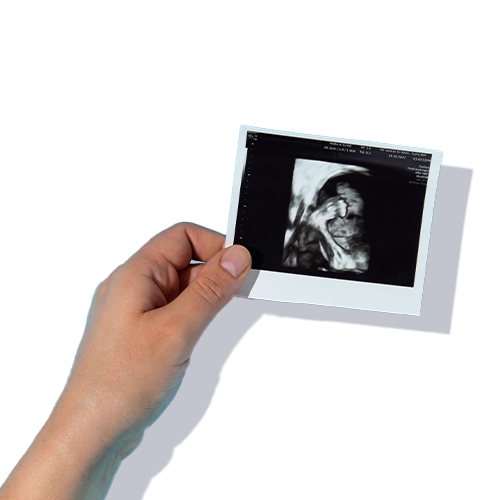
What are High Risk Situations?
Are there times when you would not encourage a homebirth?
Yes, certainly you should rule out complications and high risk situations during the prenatal period. Unless it is something that can be turned around, refer to OB care.
What are some examples of what you would consider "high risk"?

Here are a few:
- Smokers
- Diabetics
- Placenta previa
- Multiple pregnancies
- Breech presentations
- Venereal disease
- Heart disease
- Hypertension
Is it possible to have a normal delivery after a Cesarean section?
Yes, most of the uterine incisions are low and horizontal, making the risk of uterine rupture less than 1%. The Flamm Study (1994) documented 75% of women with previous C-sections were able to have successful vaginal births. Obstetricians and Gynecologists (ACOG) now are encouraged by new guidelines to give a “Trial of Labor after Cesarean” (TOLAC) to those who are considered good candidates, and fortunately, most Cesareans are low incisions and not classical incision, which is vertical and high up on the uterus.
What if the mother has had several babies - do you run into any particular risk there?
Yes, grand multips (a woman who has had 5 or more babies) will have a greater risk of uterine inertia or boggy uterus than one whose had less babies. When the uterus does not contract well, a major hemorrhage is possible. But it also depends on what kind of shape she is in. If she is in good health and follows a good diet and lifestyle, she may have no trouble. Also, there is greater risk if she is having one baby on top of another without sufficient time in between to give the uterus a break.
What are the dangers of smoking in pregnancy?
The effects of smoking are tremendous, but let us look at just a few. 5% of still births and neonatal deaths are attributed to smoking (British Medical Journal). 70% greater risk of miscarriage (Ibid.). Babies are stunted in growth (Ibid.).
Through faith also Sara herself received strength to conceive seed, and was delivered of a child when she was past age, because she judged him faithful who had promised.
Hebrews 11:11